There’s more than one way to potty train, but this intensive method can kickstart the process
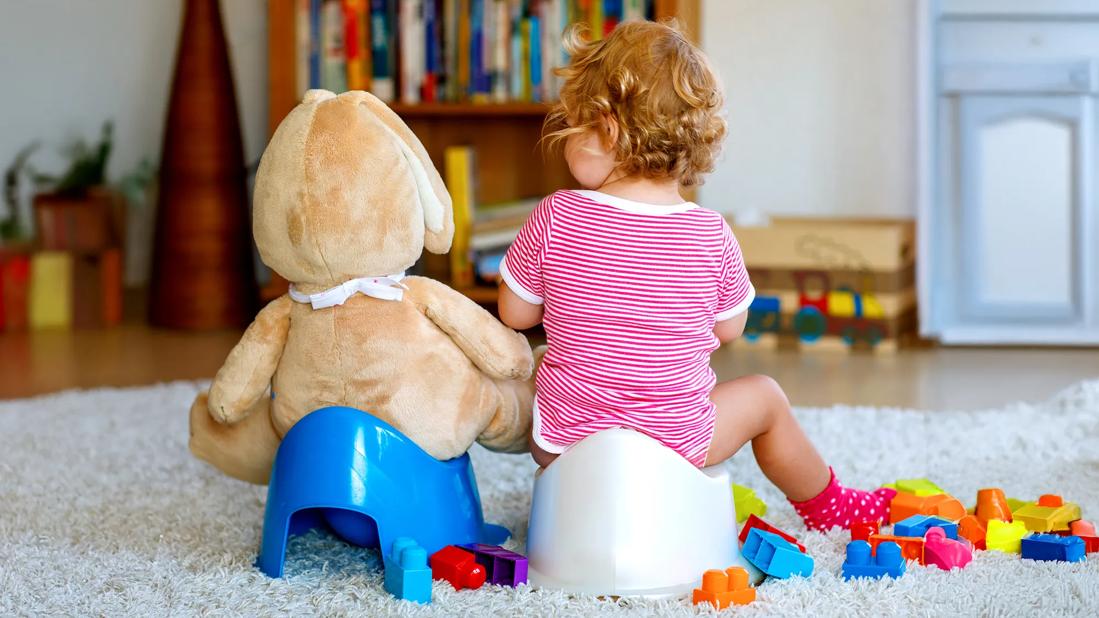
Ah, potty training. It’s one of those hurdles you can’t help but look forward to — eagerly anticipating the day when your go-bag is much less heavy and your trash can much less smelly.
Advertisement
Cleveland Clinic is a non-profit academic medical center. Advertising on our site helps support our mission. We do not endorse non-Cleveland Clinic products or services. Policy
But it can feel like a lot stands in the way between you and those blissful diaper-free days to come. So, when you hear about three-day potty training, it can sound like the magic method you’ve been looking forward to.
Three-day potty training is pretty much what it sounds like: It’s an intensive three-day process where potty training is the only thing on the agenda and diapers are off the table — hence, its other name, “naked potty training.”
“There’s no one right way to do potty training,” says pediatrician Shannon Thompson, DO. “There are kids who potty train quickly. And there are kids for whom three-day potty training is a starting point.”
In other words, yes, going naked for three days might help your little one start to get the hang of using the potty.
But keep your expectations reasonable: Learning to pee and poop in the toilet is a complicated skillset, and your toddler might not become a potty pro in a long weekend alone.
Expect they’ll still need diapers for naps and bedtime. And start with pee first — pooping can be more complicated and usually takes more time to learn.
Dr. Thompson explains how to try naked potty training, and shares tips for success.
Sure, you’re ready to ditch the diapers, but is your child? The naked potty-training method (or any method, really) will be more likely to work if your kiddo is truly down for this potty-training business.
Advertisement
“The majority of kids are ready to potty train between the ages of 2 and 3, but upwards of 4 is still very normal,” Dr. Thompson says.
In addition to being around the right age, kids might show signs they’re ready, like:
Whether your child will use a little potty seat that sits on the floor or the regular ol’ commode is your choice.
If they’ll be using a standard toilet, a potty seat that goes on top of it might be a good purchase — it can go a long way toward making your little one feel more confident that they won’t fall in.
What you don’t need for your naked potty-training days? Diapers, pull-ups, underwear or pants.
“In this method, your kid goes bare on the bottom when they’re not sleeping,” Dr. Thompson reminds us. “Without anything on, they feel when they need to pee. And they don’t have to pull clothes off first.”
Plan for your child to be totally bare during the three days. Or wearing a shirt and nothing else — à la Donald or Daisy Duck.
Three-day potty training happens over the course of, you guessed it, three days. And we’re talking three days of very dedicated potty-training time.
That can mean needing to take some time off work and not making any other commitments. At least one caregiver should be home with your child the whole time. And keep the visitors to a minimum. (Remember: You’ll have a nude or mostly nude kiddo running around. This isn’t the time for big sibling’s friends to have a playdate.)
During the three days of naked potty training, your goal is to be consistent. Think of yourself as a potty-training drill sergeant-meets-cheerleader: firm and in charge but also oozing with excitement and positive energy.
“Throughout the day, set a timer for 20 minutes or so. When the timer is up, it’s time to go potty,” Dr. Thompson instructs. “Encourage them to sit on the potty for two or three minutes.”
If they go? Hooray! Heap on the praise and wash hands. Start the timer for an hour and try again when it goes off.
If they don’t? That’s good, too. Even sitting on the potty is a huge step. Encourage them to wash their hands and go back to playing. Try again in 20 minutes.
Keep up that same schedule for the entirety of the three-day potty training session. (During the day and in between naps, that is!)
Kids crave positive reinforcement. (Don’t we all?) And rewards can be a motivating potty-training tool.
Advertisement
“That might mean getting a sticker if they sit on the potty and two if they actually go,” Dr. Thompson suggests.
But not all incentives are something they can hold in their hands or hang on a reward chart. Your reactions can be plenty motivating. They can also have the opposite effect.
During your naked potty-training days, keep the good vibes flowing. Heap on the praise for any signs of progress. And if there’s an accident (Spoiler: They’re bound to happen!), that’s OK. Clean it up and move on. There’s no place for scolding, yelling or shaming if successful potty training is the goal.
“It’s a very delicate balance when you’re potty training,” Dr. Thompson reminds us. “If it’s a bad experience for the child, they can go the other direction and become resistant to potty training. That makes things much more difficult.”
If you’re tapped out and on the brink of losing your cool, take a break. Walk into another room and take some deep breaths. Call a friend. Recite some positive affirmations. Do 10 jumping jacks. Find a healthy outlet to let off steam so you can go back to cheerleader mode.
After your three-day potty training time, your child is probably still going to need some amount of potty support.
Advertisement
“Potty training doesn’t end on day four,” Dr. Thompson says. “Kids still need reminders. And there may be accidents.”
For starters, they need to wear pants again. And getting them on and off in time can add a layer of complexity to the process.
They may also need to get used to a new routine and bathroom setup if they’re returning to daycare or a babysitter’s house. Even using a public restroom at first can be scary — with all those weird door gaps and auto-flushing toilets. (Pro tip: If automatic toilets give your kiddo a fright, keep a stack of sticky notes in your bag and use them to cover the sensor while your child goes about their business.)
Those new variables, on top of the newness of the whole thing, can take some getting used to.
So, keep up with the rewards, remind them to use the potty frequently and consider pull-up diapers if accidents are causing a lot of mess.
Above all, keep it positive and know that the day will come when your diaper-changing days are a thing of the past. Promise.
Advertisement
Learn more about our editorial process.
Advertisement
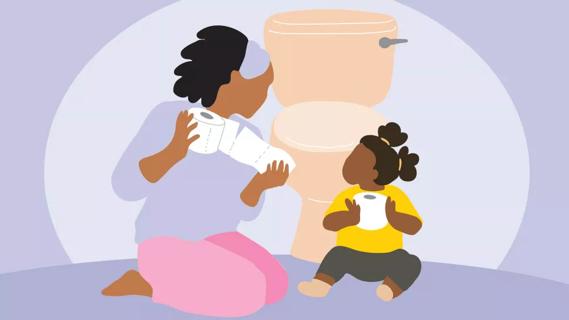
Set your child up for potty training success by waiting until they’re ready, keeping the pressure low and going heavy on the praise
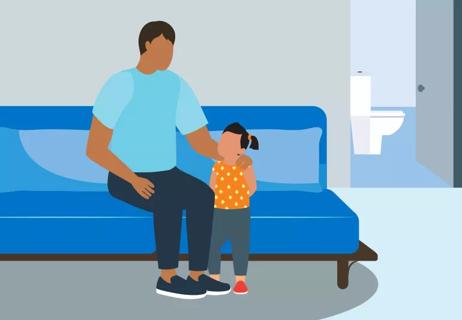
Get to the source, offer encouragement and keep your cool
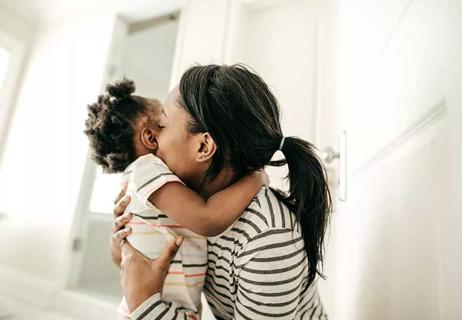
Praise and nonfood prizes go a long way
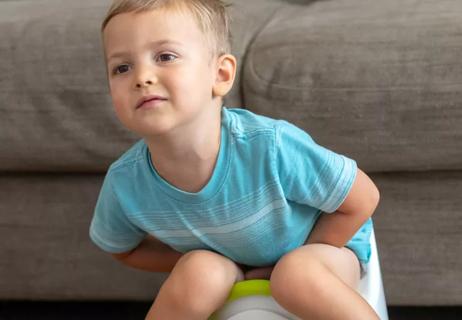
When your toddler won’t poop, here’s what you can do
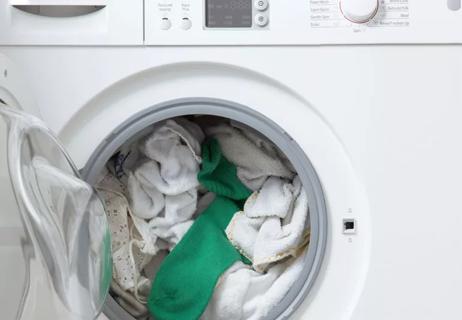
How to help (and not shame) your child — while keeping your sanity

Combat summer learning loss and keep young brains engaged with low-pressure learning

Adding extra formula, cereal or medications to your baby’s bottle is a dangerous and misguided practice

Teaching your baby to sign may help ease frustrations before they can talk, but it’s not a must-do

The best parenting style balances enforcing rules and showing plenty of love

Tips include cutting back on sugar, focusing on exercise and managing stress

It can be harder to let go when you’ve invested time, energy and emotions — but it might be the healthier choice long term